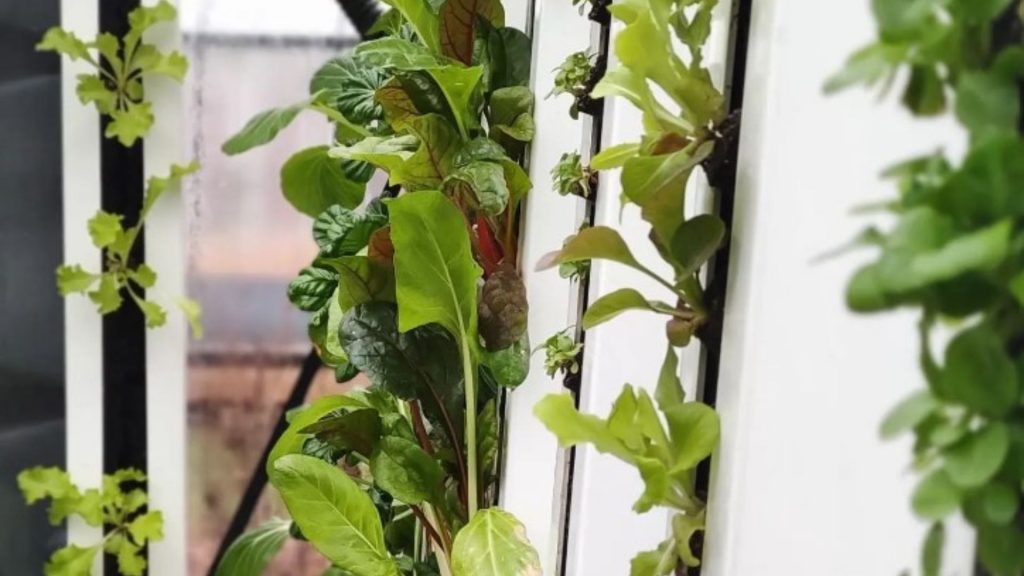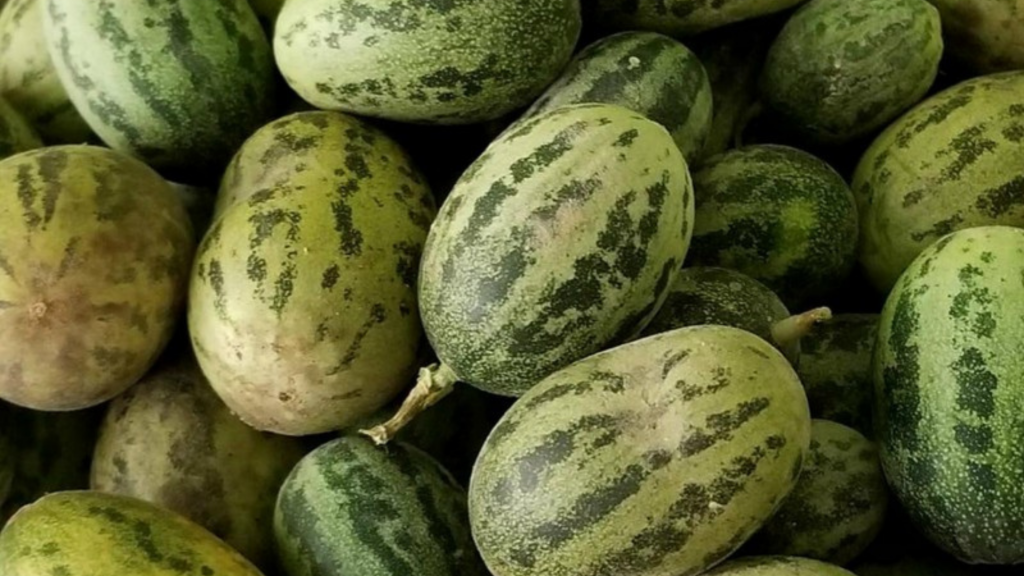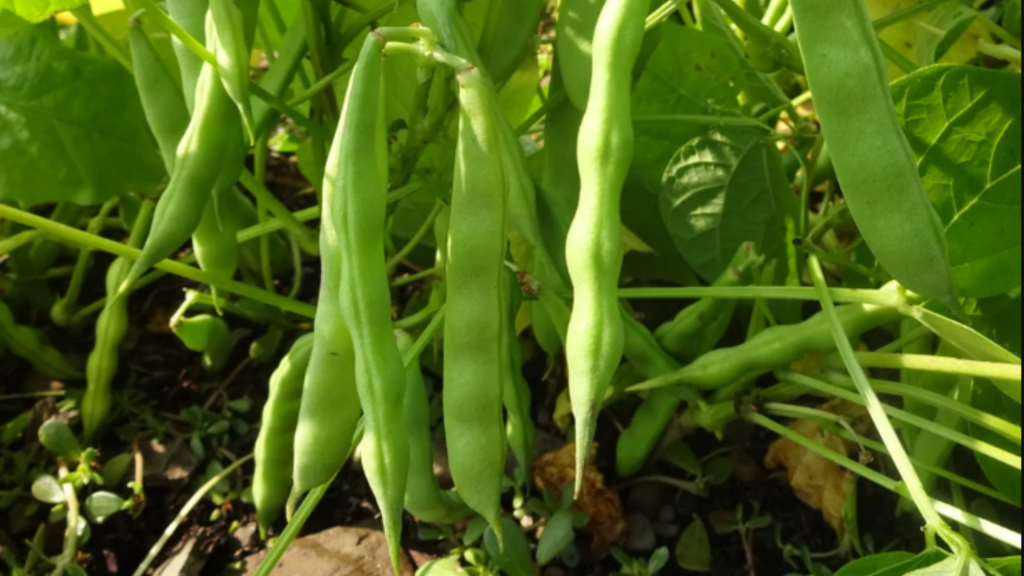Let’s take the time today to debunk a number of myths and beliefs (even urban legends!) to answer the tough question: do soilless crops taste good?
Well, yes, crops do taste.
Here are five arguments to prove it to you step by step.

Do you know what a wild aubergine looks like? A melon found in the wild? A bean that grows by itself? Well, the aubergine (originally) is no bigger than a golf ball, full of seeds and very bitter. Appetizing, isn’t it? As for the melon, in nature it is 1cm in diameter, contains little flesh (translucent white) and many seeds, too. Beans are full of large seeds, with irregular pods and very stringy. Lettuce? Hairy and bitter. You would never eat that.
It was in the 1960s that breeders succeeded in reducing the bitterness of chicory and other vegetables and made them so popular today. These famous breeders are still working on varieties such as escarole and curly leaf. As far as green beans are concerned, it was in the 70s and 80s that progress was made: new varieties without string or parchment became widespread, with pods that remain tender for longer and avoid tedious harvesting every two days.
You’re starting to see us coming. Without the hand of man, we would not be where we are today in terms of food. And above all, the seed, the variety and the time of harvest play a major role in the taste of our vegetables.
Of course, the terroir plays a role. A little bit. But the seed plays a big part… a big, big part. Indeed, the genetic heritage of the seed is primarily responsible for its taste qualities. Left to their own devices, many of the plants that feed you today would be perfectly inedible. We have gradually put aside all bitter seeds in favour of sweet and sometimes even sugary varieties. This is the case with strawberries, tomatoes and melons in particular. Compared to the 2000s, today in the shops you can be pretty sure of finding sweet and tasty melons (if you don’t buy them in winter, of course).
The substrate (soil, water) is only a means of transporting nutrients to the plants. The roots do not consume the soil, but precisely these nutrients.
In short, the genes are 80% of the taste.
Psst: Myfood seeds are particularly well chosen. We had our tomatoes and chard analysed and the result is clear. They are sweeter and tastier than those on the supermarket shelves.
When perfectly ripe.
Today, the fruit and vegetables you find in the shops are often grown for a number of reasons… at the expense of taste. What counts is rather
Taste therefore takes a back seat.
Ideally, the fruit should be picked when ripe. Before that, it will be less sweet and have less flavour. Afterwards, it will be spoiled and may taste too saturated.

We have the idea that it tastes better when it is grown without pesticides, and we find when we eat our fruit and vegetables that they taste better. This is the ‘halo effect’: a cognitive bias that affects our perception of people and things. Except that more than a quarter of organic produce comes from large farms in Central Europe or Poland and travels thousands of kilometres before reaching your plate.
So you have to go local (as well as organic). Less transport means that the plants are often harvested more ripe… and therefore tastier.
Poor in taste because of an early harvest, it also often means a lack of vitamins and nutrients… But that we’ll save for a future article😉
Do you find that your tomatoes in December taste like “water”? 70% of the tomatoes produced in France are grown hydroponically above ground, until the depth of winter. In this case, the main problem is not hydroponics, but the season. It is difficult to replace the effects of sunlight with LEDs and a greenhouse in the middle of winter.
However, if you taste strawberries grown outdoors in May with the same technique, the taste will be conclusive. Remember our seed story? That’s why. A very sweet variety grown in aquaponics will taste “crazy”. We don’t say this, our users do.

Take carrots. Many growers tend to water heavily to increase the volume of production. Except that if the soil is too waterlogged all the time, the vegetable will have trouble developing all its flavours. Ideally, when the fruit is ripening, you should water only a little and let the plants develop their flavours.
If you have been following everything, you already know the answer.
No, aquaponics crops do not taste fishy.
When you eat your carrots or potatoes from your favourite market gardener, do you wonder if they taste like manure (used by farmers to enrich their soil)? Of course not. That’s because vegetables get their nutrients from fish droppings, which are rich in nitrogen, carbon, magnesium, potassium… in the form of molecules. These molecules have no taste. It is the genetic make-up that, once again, determines the taste of the plant.
So you can sleep soundly and start aquaponics. You’ll probably eat even tastier than before 😉
Psst: the Myfood greenhouses are composed of an aquaponics growing system AND vegetable patches with potting soil, vermicompost and biochar(our famous “perma-bins” for the regulars). So you could really start a comparative study on the scale of your garden. We are counting on you to tell us about the results of your taste experiments, of course.
Still not convinced?
We are waiting for you in our premises in Alsace to let you taste our production. Meet us at 43 route Ecospace 67120 Molsheim, the door is open.